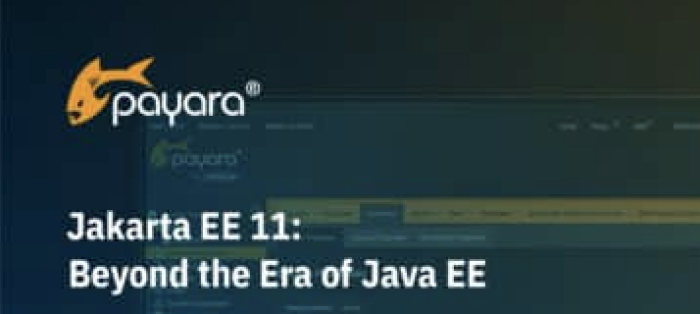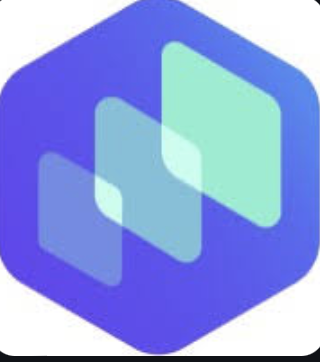Foojay Webinar Live Stream: Java’s Place in the AI Revolution
- April 28, 2025
- 26969 Unique Views
- < 1 min read
This first online Foojay Webinar highlights Java's place in the AI revolution, focusing on exploring AI/ML using pure Java tools.
AI and Machine Learning (ML) are becoming essential in modern software development. For Java developers, there's no need to switch technology stacks. It's now possible to build, train, and deploy ML models using tools available directly within the Java ecosystem.
This webinar focuses on practical predictive AI/ML approaches in pure Java. We’ll walk through key Java libraries, show how to structure and train models, and discuss how Java’s core strengths, ie, JVM performance, type safety, and enterprise integration, can be used to build scalable AI solutions.
If you're a Java developer or architect interested in learning more about AI/ML with structured data, this session will show you how to do it efficiently using native Java tools.
Guests
Frank Greco
Senior AI/ML Consultant, Technology Strategist, Java Champion, Developer Ecosystem (Crossroads)
Zoran Sevarac
CEO of @Deep Netts, Full Professor at University of Belgrade, Java Champion, AI Consultant | Deep Learning Development Platform
Moderator
Pratik Patel
VP Developer Advocacy at Azul, Java Champion
Links
- LinkedIn Course: Foundations of AI and Machine Learning for Java Developers
- Demo on Github: https://github.com/deepnetts/CreditCardFraudDetection
- Free Deep Netts Download: https://www.deepnetts.com/download-latest, free for development, prototyping and education
- Join Linkedin Group AI/ML for Java Ecosystem: https://www.linkedin.com/groups/10084933/
- Quick Survey for future webinars: https://forms.gle/RfskNfohaKkhP15Q9
Slides
Don’t Forget to Share This Post!





Comments (0)
No comments yet. Be the first.